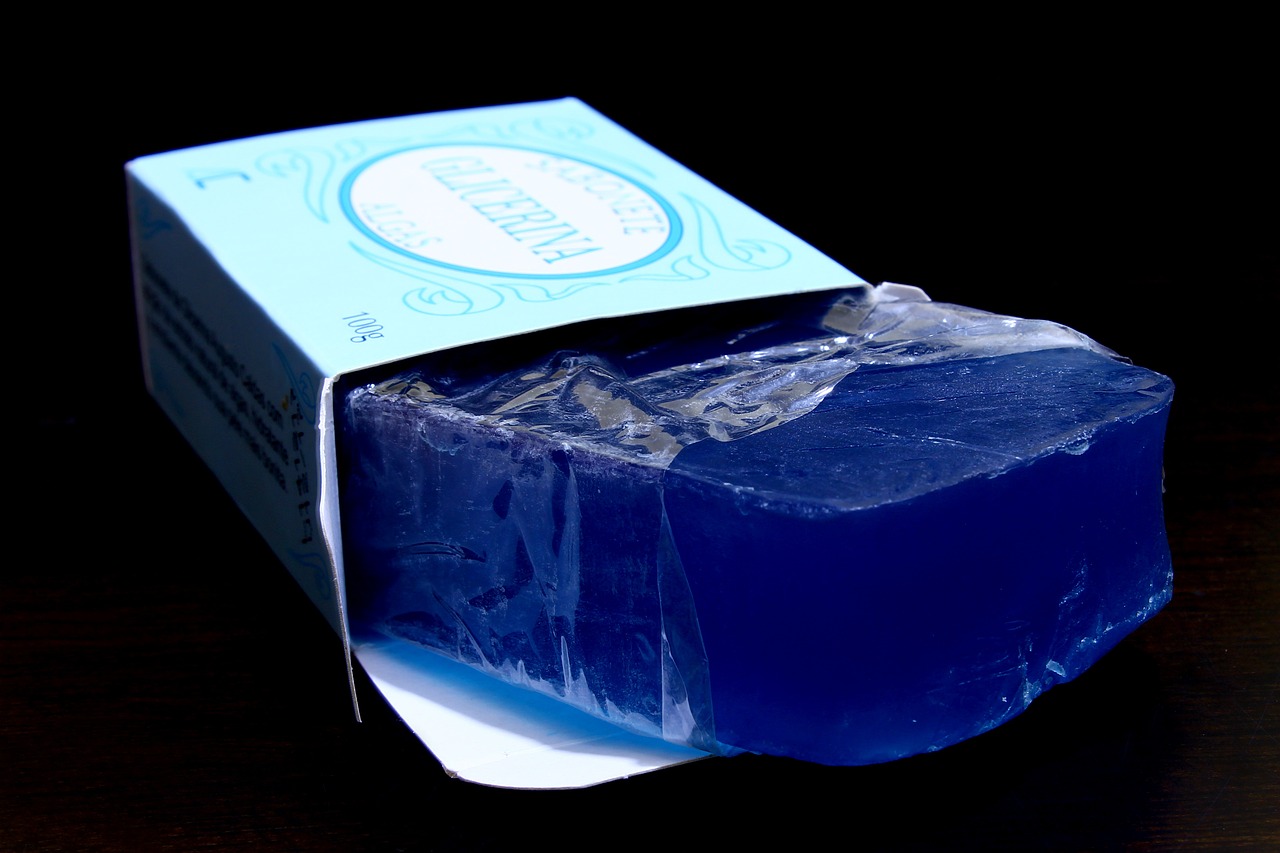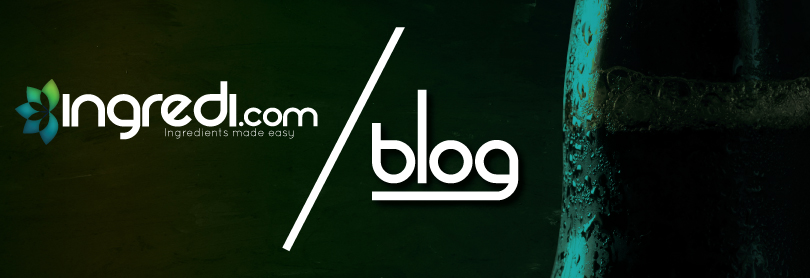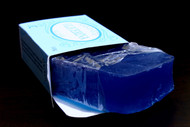Glycerin: The Most Frequently Used Cosmetic Ingredient After Water
By on Jan 27th 2021
There’s a reason why glycerin is one of the most-used cosmetic ingredients. Glycerin is a humectant meaning it absorbs water from the air or underlying layers of the skin (in other words, it acts as a moisturizer). According to a 2016 study, glycerin is the most effective humectant compared to hyaluronic acid, sorbitol, urea, and alpha-hydroxy acids. The beauty industry relies on this ingredient to treat wrinkles, fine lines, dry patches, and skin infections.
What is Glycerin?
Glycerin—also called glycerol and glycerine— is a colorless, odorless, viscous, and hygroscopic liquid that is non-toxic and non-allergenic. It is made of three carbon atoms, eight hydrogen atoms, and three oxygen atoms, giving it the formula of C3H8O3.
It is also a polyol, an organic compound containing multiple hydroxyl groups, that acts as an excellent solvent. When glycerin freezes, it turns into a gummy paste since it is denser than water. It also has a high boiling point of 554o F (290o C).
How is Glycerin Made?
Swedish chemist Karl Wilhelm Scheele accidentally discovered glycerin in 1779 after heating a mixture of lead oxide and olive oil. Today, we know that plant, animal, and petroleum sources can be used to obtain glycerin. However, people in the 18th-19th century relied on candles and soaps containing animal fat—primarily beef tallow—to make glycerin. Modern animal-derived glycerin no longer contains animal fats (but it is still not vegan).
Glycerin can be vegan if plant-derived. For instance, glycerin made from plant oils (soy, palm, and coconut oil) is vegan-friendly. While historically, animal fat was the preferred choice to make soap, it is now more common to make soap using plant-based oils. LUSH Handmade Cosmetics uses glycerin derived from rapeseed oil in their soaps, body lotions, and shower gels.
Petroleum is the final source used to make glycerin. It is also the newest as this artificial type of glycerin was not invented until 1948. This is made in the laboratory with petroleum being the catalyst for a series of chemical reactions that eventually create synthetic glycerin. Since natural glycerin is cheaper to manufacture, synthetic glycerin is not often used.

Uses of Glycerin in Cosmetics
Since glycerin is a popular humectant, it can be found in an array of different hair and skin care products, including soap, lotion, moisturizer, toner, makeup remover, and leave-in conditioner.
Soaps made from glycerin are easily recognizable because they are translucent. Glycerin soap also has a lower pH than other soaps, which makes it perfect for those with dry, sensitive skin. The lower pH helps skin retain moisture.
Lotions and moisturizers containing glycerin hydrate the skin making it feel smooth, supple, and healthy. Plus, glycerin is non-comedogenic, meaning it will not clog pores (making it great for face application).
Glycerin can also be found in toners. The purpose of a toner is to hydrate and replenish skin, provide essential ingredients, and serve as additional cleansing. Toners containing glycerin nourish skin.
Makeup removers are intended to easily remove makeup that has been applied. People with sensitive skin can have harsh reactions to some brands. Removers containing glycerin can quell upset skin and make makeup removal a breeze.
Glycerin can work wonders on hair and acts as a great leave-in hair conditioner. When it is applied o hair, it draws water from the air to keep your hair looking shiny and feeling nourished.
Benefits of Glycerin
Glycerin has a widespread of applications in the cosmetics industry for a reason. It offers consumers an array of benefits.
The main benefit of using glycerin on the skin is its hydrating ability. This humectant prevents water from evaporating, which keeps the skin hydrated longer.
Lines and wrinkles become less noticeable when glycerin is applied to the skin. Glycerin provides extra moisture, which provides more volume. This anti-aging benefit makes glycerin a popular choice among companies.
Did you know that glycerin can heal skin? When glycerin is applied, it helps cells grow faster, which, in turn, speeds up the healing process. Psoriasis, eczema, and bruising can be counteracted with glycerin.
Glycerin also provides an extra layer of protection to the skin. It increases epidermal layer thickness keeping moisture locked in and harmful environmental and chemical elements out.
Sources:
https://www.aciscience.org/docs/Glycerine_-_an_overview.pdf
https://www.lushusa.com/article_skin-softening-glycerin.html
https://www.livestrong.com/article/327146-sources-of-glycerine/






